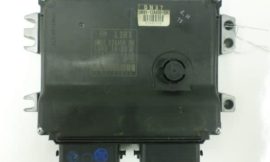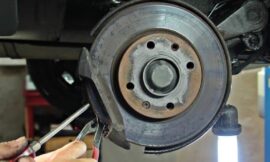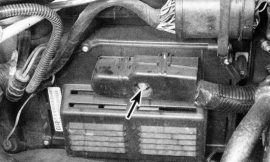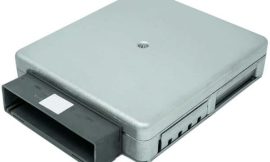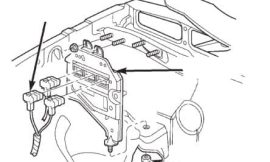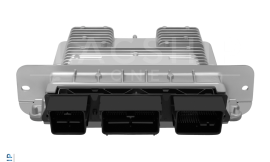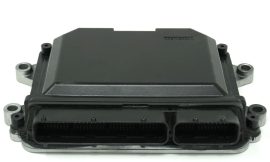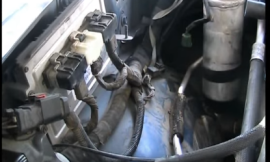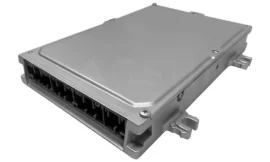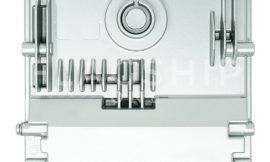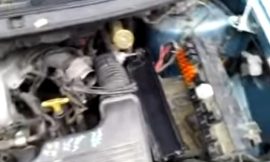Last updated on November 4th, 2024 at 11:05 am
Let’s explore the vital role of car fuses in maintaining the electrical function of various components in your vehicle. Fuses are often overlooked, yet they are the frontline defense against electrical damage. This guide will take you through the nuances of a blown fuse — how to identify it and how to replace it. Understanding the intricacies of car fuses will not only improve your vehicle’s longevity but also empower you to handle minor electrical issues with ease.
What Causes a Blown Car Fuse?
Car fuses can blow for a variety of reasons, but the most common cause is an overload in the electrical system. This happens when a circuit tries to draw a greater amount of electricity than the fuse is designed to handle. Another typical cause is a short circuit, which occurs when a live wire touches a ground wire, or earths itself, causing excessive current flow. Different styles of fuses, such as blade, glass tube, and fusible link fuses, all perform the same basic function of protecting the electrical circuits within a vehicle.
Blade fuses are often found in modern cars and are color-coded by amperage rating. Glass tube fuses, found in older vehicles, also have color-coded amperage ratings. Fusible links are wires designed to melt under overload conditions, often used in high-amperage circuits. No matter the type of fuse, their primary role is to safeguard against electrical damage by “blowing” or breaking the circuit when the electrical current becomes too high, preventing further damage to the vehicle’s electrical system.
Symptoms of a Blown Car Fuse
If your car is exhibiting certain unusual behaviors, it may be due to a blown fuse. The most common symptoms include non-functional electrical components such as headlights, radio, or power windows. You may also face problems starting your car, or it might stop running suddenly while on the road.
Anomalies with the dashboard lights, such as them being unusually dim or not turning on at all, are also telltale signs. It’s important to remember that these symptoms may also be indicative of other vehicle issues, so it’s always best to check your fuses if you notice any of these problems.
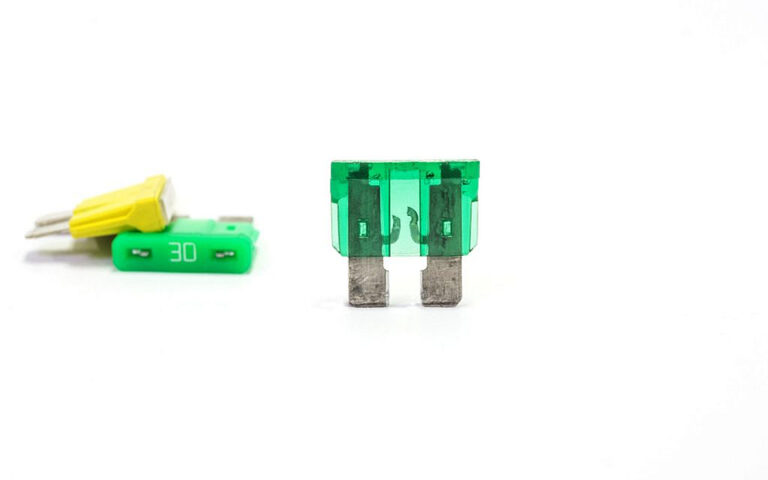
How to Identify a Blown Car Fuse
Identifying a blown car fuse can be done through several methods including visual checks, the use of diagnostic tools, and the process of elimination via replacement. In a visual check, remove the fuse from its holder – the condition of the thin strip of wire inside the fuse, visible through the clear top, will indicate its status. If the wire is intact, the fuse is good; if it’s broken or charred, it’s blown.
Diagnostic tools like multimeters can also be used to check a fuse’s status, by setting the tool to measure resistance, and placing one probe on each end of the fuse. An infinite reading signifies a blown fuse. Another method to identify a blown fuse is by replacing suspected fuses with a new one and checking if the previously non-functional component works. Always remember to use a fuse with the same amperage rating when replacing.
Tips for Replacing a Blown Car Fuse
When replacing a blown car fuse, safety should be your paramount concern. Before you begin, ensure your car is turned off, the keys are removed from the ignition, and the car is parked on a flat surface. Always use gloves and protective eyewear to ensure personal safety. Follow your vehicle’s manual to locate the fuse box, as the location can vary. Use a fuse puller or needle-nose pliers to carefully remove the blown fuse.
When inserting the new fuse, make sure it has the same amperage rating as the blown one to avoid potential electrical damage. Once inserted, press down until it’s firmly in place. After replacing the fuse, turn on your vehicle to check if the previously malfunctioning electrical component is now working. Remember, if a new fuse blows soon after replacement, this could indicate a more serious electrical problem, and professional help should be sought.

Frequently Asked Questions / People Also Ask
- Q: What is a car fuse?
A: A car fuse is a safety device in your vehicle’s electrical system. It protects the system from overloading by ‘blowing’ or breaking the circuit when the electrical current becomes too high.
- Q: How can I identify a blown fuse?
A: A blown fuse can be identified through a visual check, the use of diagnostic tools like a multimeter, or by replacing suspected fuses with a new one.
- Q: What causes a car fuse to blow?
A: The most common cause is an overload in the electrical system, which happens when a circuit tries to draw a greater amount of electricity than the fuse is designed to handle. Another typical cause is a short circuit.
- Q: Can driving with a blown fuse cause damage to my vehicle?
A: Yes, driving with a blown fuse can potentially cause serious damage to the vehicle’s electrical system. The fuse is meant to protect your vehicle from electrical overloads, so if it’s blown, that protection is lost.
- Q: What should I do if a new fuse blows soon after replacement?
A: If a new fuse blows soon after replacement, it could indicate a more serious electrical problem. It’s recommended to seek professional help in such cases.
- Q: Can I replace a car fuse myself?
A: Yes, you can replace a car fuse yourself. However, safety should be your top priority. Make sure the car is off, the keys are removed, and the car is parked on a flat surface. Always use a fuse with the same amperage rating for replacement.
Conclusion
In conclusion, understanding the role and function of car fuses and how to identify and replace a blown one is essential for maintaining your vehicle’s performance and safety. Fuses are pivotal components that protect the car’s electrical system from damage due to overloads or short circuits. Recognizing the symptoms of a blown fuse, such as non-functioning electrical components or anomalies with dashboard lights, can help preempt further electrical issues. I
dentifying a blown fuse can be accomplished using methods like visual checks, diagnostic tools, or replacement process. It’s crucial to remember that when replacing a blown fuse, safety is paramount, and the new fuse must have the same amperage rating as the blown one to prevent potential electrical damage.
If a fuse blows soon after replacement, this could signal a deeper electrical problem, warranting professional intervention. By keeping a watchful eye on the condition of your car’s fuses, you can ensure that your vehicle continues to run smoothly and safely.




